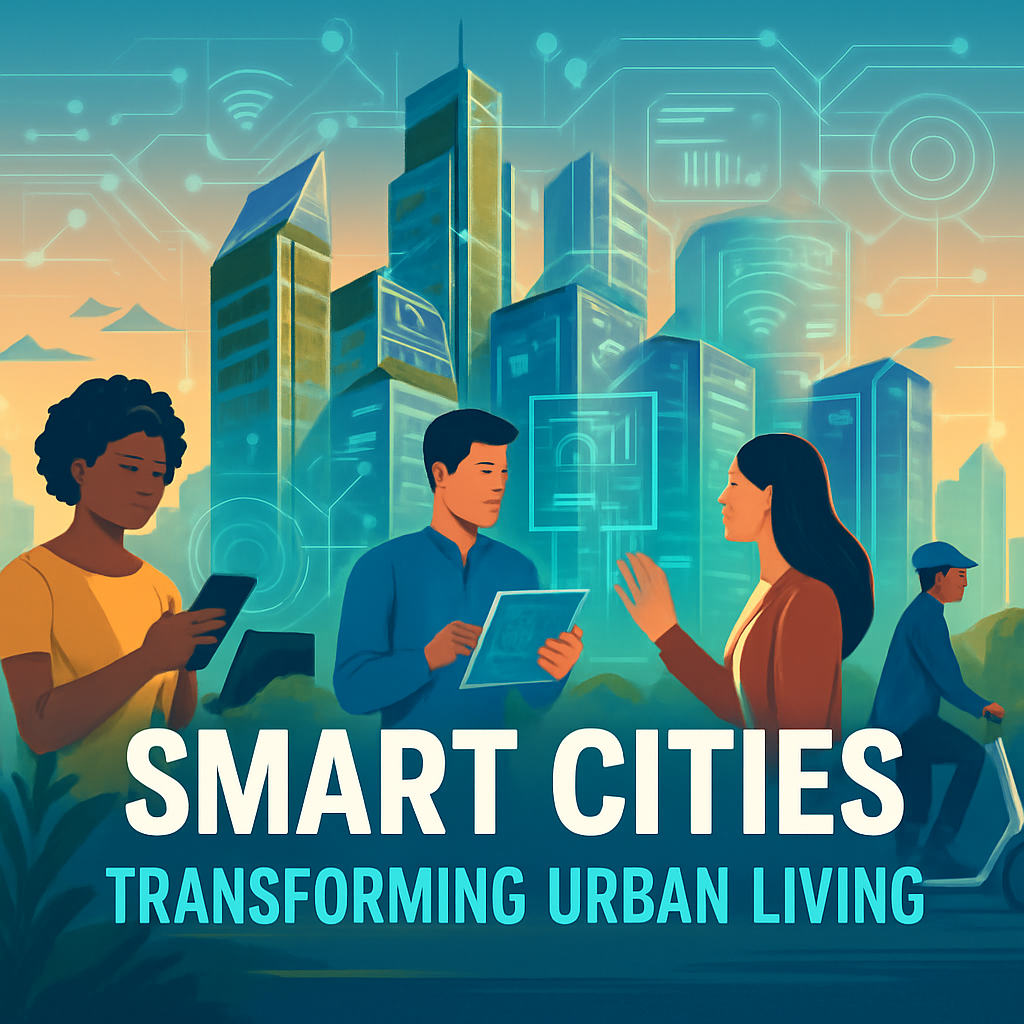As the world becomes increasingly urbanized, cities face mounting challenges, from traffic congestion and pollution to resource management and public safety. Enter the concept of smart cities—urban areas that leverage cutting-edge technology to create more efficient, sustainable, and livable environments. But what exactly are smart cities, and how are they reshaping the way we live? Let’s dive into the transformative power of technology in urban living.
What is a Smart City?

A smart city is an urban area that uses advanced technologies, such as the Internet of Things (IoT), artificial intelligence (AI), and big data, to optimize resources, improve public services, and enhance the quality of life for its residents. These cities rely on interconnected systems and real-time data to address urban challenges, making them more efficient, sustainable, and responsive.
Key features of smart cities include:
- IoT Integration: Sensors and devices collect real-time data on traffic, energy use, and public safety.
- Sustainability: Smart grids, renewable energy, and efficient waste management reduce environmental impact.
- Connectivity: High-speed internet and 5G networks enable seamless communication between systems.
- Citizen Engagement: Digital platforms allow residents to participate in decision-making and access services easily.
How Technology is Transforming Urban Living
1. Revolutionizing Transportation

Smart cities are tackling traffic congestion and improving mobility through intelligent transportation systems. AI-powered traffic lights adjust in real-time to reduce delays, while apps provide live updates on public transit schedules and parking availability. Cities like Singapore and Amsterdam are even testing autonomous vehicles to create safer, more efficient roads.
2. Enhancing Public Safety

Technology is making cities safer. IoT-enabled surveillance cameras and AI-driven analytics help monitor public spaces, detect unusual activities, and respond to emergencies faster. For example, predictive policing tools analyze crime patterns to prevent incidents before they occur.
3. Promoting Sustainability

Sustainability is at the heart of smart cities. Smart grids optimize energy distribution, while IoT sensors monitor air and water quality. Cities like Copenhagen are using renewable energy and green infrastructure to reduce their carbon footprint, aiming for carbon neutrality by 2025.
4. Improving Resource Management

Smart cities use technology to manage resources more efficiently. For instance, smart water systems detect leaks and optimize distribution, while IoT-enabled waste bins notify collection teams when they’re full, reducing unnecessary trips and emissions.
5. Fostering Community Engagement
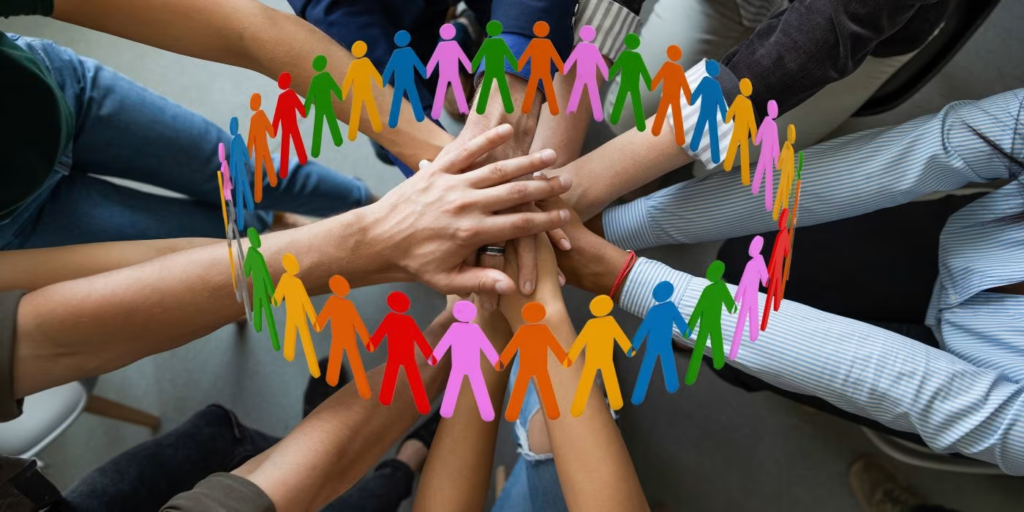
Digital platforms in smart cities empower residents to engage with local governments. Apps allow citizens to report issues, participate in urban planning, and access public services. This transparency fosters trust and collaboration between governments and communities.
Real-World Examples of Smart Cities
Singapore
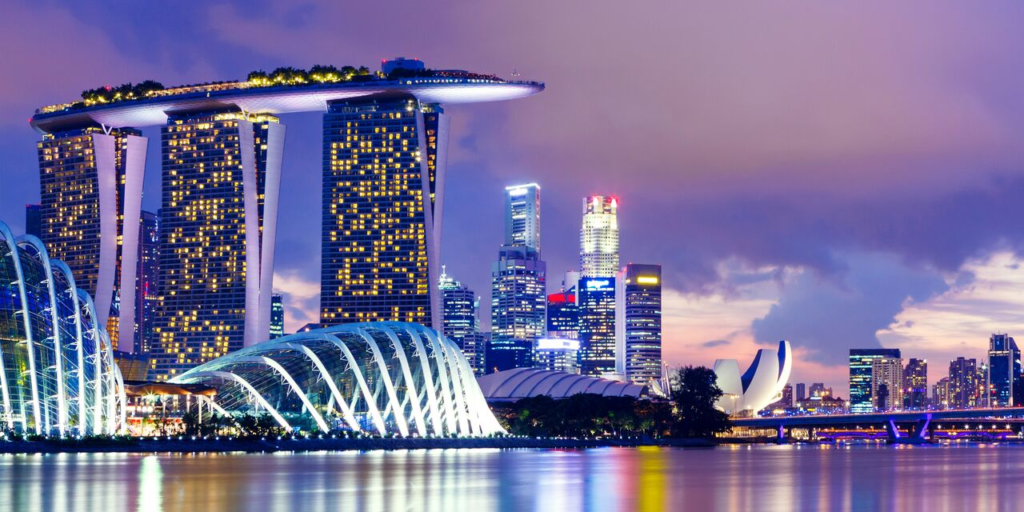
Singapore is a global leader in smart city innovation. Its Smart Nation initiative integrates IoT and AI to improve public services, from traffic management to healthcare. The city-state also uses data analytics to optimize energy use and reduce waste.
Barcelona
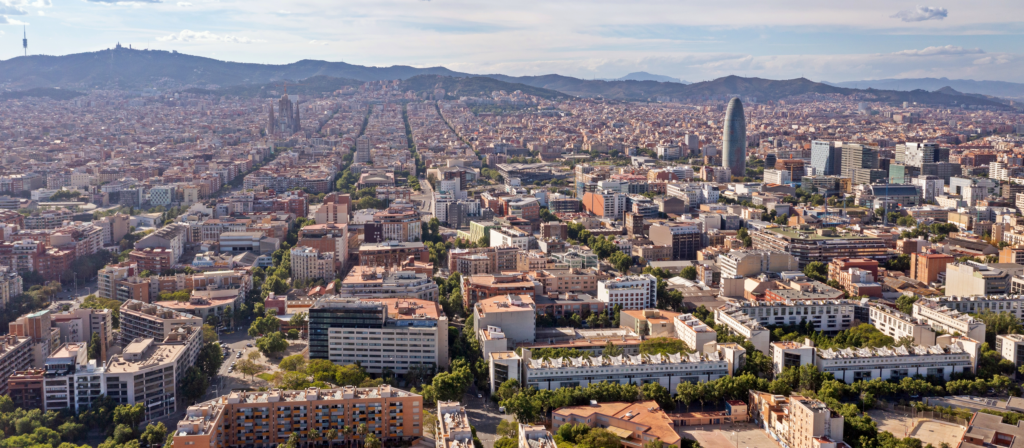
Barcelona has implemented smart lighting, waste management, and public transportation systems. IoT sensors monitor air quality and traffic, while smart bus stops provide real-time updates to commuters.
Dubai
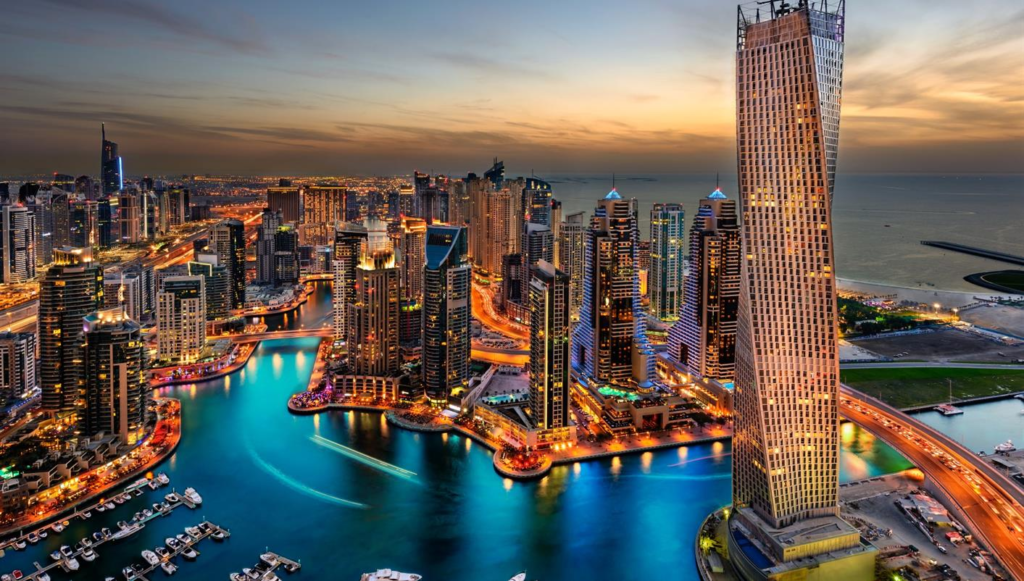
Dubai is transforming into a smart city with initiatives like autonomous taxis, AI-powered government services, and blockchain-based transactions. Its goal is to become one of the most sustainable cities in the world.
Challenges in Building Smart Cities

While the benefits of smart cities are immense, they also come with challenges:
- Data Privacy: Collecting and analyzing vast amounts of data raises concerns about privacy and security.
- Cost: Implementing smart technologies requires significant investment, which may not be feasible for all cities.
- Digital Divide: Ensuring equal access to technology is crucial to prevent marginalizing certain communities.
The Future of Urban Living

Smart cities represent the future of urban living, where technology and sustainability go hand in hand. As more cities adopt these innovations, we can expect cleaner environments, safer streets, and more connected communities. However, achieving this vision requires collaboration between governments, businesses, and citizens.
Conclusion
Smart cities are not just a futuristic concept—they are a reality transforming urban living today. By leveraging technology, these cities are addressing some of the most pressing challenges of urbanization, from sustainability to public safety. As young people and adults, we have the opportunity to shape this transformation by advocating for innovation, sustainability, and inclusivity in our cities.
Are you ready to embrace the future of urban living? Share your thoughts in the comments below!
Read this Next:
1 Better Economy: The Power of Financial Education at Any Age
2 Best Free Mobile Games that are Addictive in 2025
3 The Best Films and Series That Mix Romance and Fantasy
4 The Ultimate Guide to Quality Sleep that Will Make Your Life Better
5 Easy Extra Income Options That Need Minimal Investment

© YourCoinBlox. Not to be reproduced without perm

